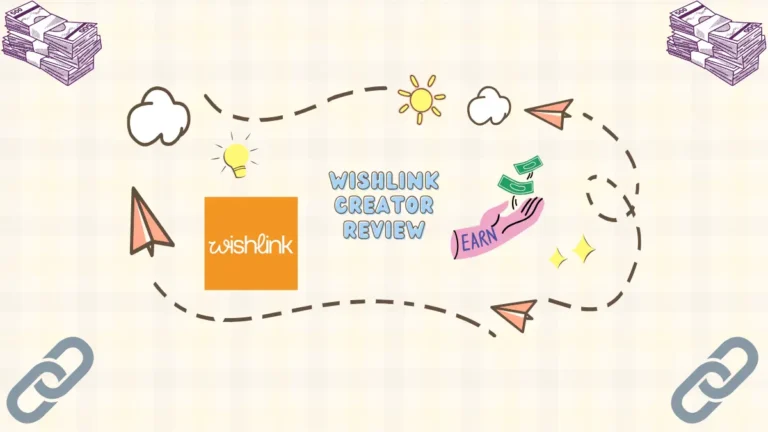We’ve all heard success tales about enterprise software, such as how it increased earnings by 30 percent, brought goods to market five times quicker, and reduced the overhead associated with project management in half. But how precisely do such businesses achieve such remarkable results? Here are the most crucial components of the enterprise planning software:
1. Identifying and modifying weaknesses in organisational procedures and structures
In certain businesses, it is not always obvious who is in charge of what at any one moment. Some staff, who is already under a significant amount of stress, is receiving instructions from everyone and their brother. In addition to this, approval hierarchies often lack clarity. Everyone is chipping in with their two pennies worth at the same time, so there is no longer the practise of having one person validate what you do before passing it on to the next person in the chain.
When you implement the task management and workflow solutions features of your enterprise software, it will become abundantly clear how much confusion this kind of thing generates and how much work does not get done as a direct result of it. You may not realise how much confusion this sort of thing generates, and how much work does not get done because of it. You will see, for instance, that some individuals have more work than a single person could possible take care of by themselves. They are attempting to comply with so many different commands and points of view at the same time that it is almost difficult for them to finish anything. Bringing it to light and putting it in order may be facilitated by the deployment of an enterprise software solution.
2. Statistical Analysis and Projections
The reporting procedures of an enterprise resource planning system (ERP) are improved since all of your data is accurate, up to date, comprehensive, and easy to access. The enterprise software solutions also often offer individualised reporting capabilities that can be adapted to suit the needs of each user, displaying just the data that is most relevant to the situation.
The complicated reports that managers often need in order to make accurate projections must first be requested from IT or operations, and then the data must either be mined manually or done so inside Excel. ERP software does rid of the requirement for a middleman and enables flexible, accurate, and individualised reports to be generated in a much shorter amount of time.
For a company that is expanding, accurate forecasting is very essential. In order to determine how much resources you have available for growth plans, you need to have the ability to plan around sales targets, inventory trends, and personnel overhead costs. That is far more difficult to do using manual methods than it is using an ERP system.
3. Employees should have their customer service processes automated.
The implementation of an Enterprise Resource Planning (ERP) system may be of significant value to businesses that want to improve the quality of the service they provide to their customers. ERPs make it possible for companies to automate the processes involved in providing customer service. This not only helps to ensure that each employee provides customers with a consistent experience, but it also helps to ensure that the processes involved in the back office are as streamlined as possible. Automation frees up time, which can then be allocated to activities such as responding to inquiries from customers on product information and planning for the introduction of new goods. When staff has to spend less time trying to locate an order placed by a client, they have more time available to focus on cultivating long-term, productive relationships with customers.
What Kind Of Services Can Enterprise Software Solutions Provide Right Now?
You are aware that supply will appear wherever there is a demand for anything. The corporate software sector provides ready-made solutions that may cater to a wide variety of preferences and requirements. We have selected a few extensively implemented and highly acclaimed solutions that will assist you in modernising your company procedures in order to better orient you on the market. This will help you better orient yourself on the market.
On the management side, ERP combines operations that span functional boundaries and provides managers with complete insight into the performance of the company. For instance, customer relationship management, inventory management, and supply chain management are all examples of management.
Enterprise software solutions even offers insights into chances for improvement and, in and of itself, functions as a platform for automating improvements to business processes.
Read more: How is SAP S/4 HANA different from other ERPs available in the Market?



